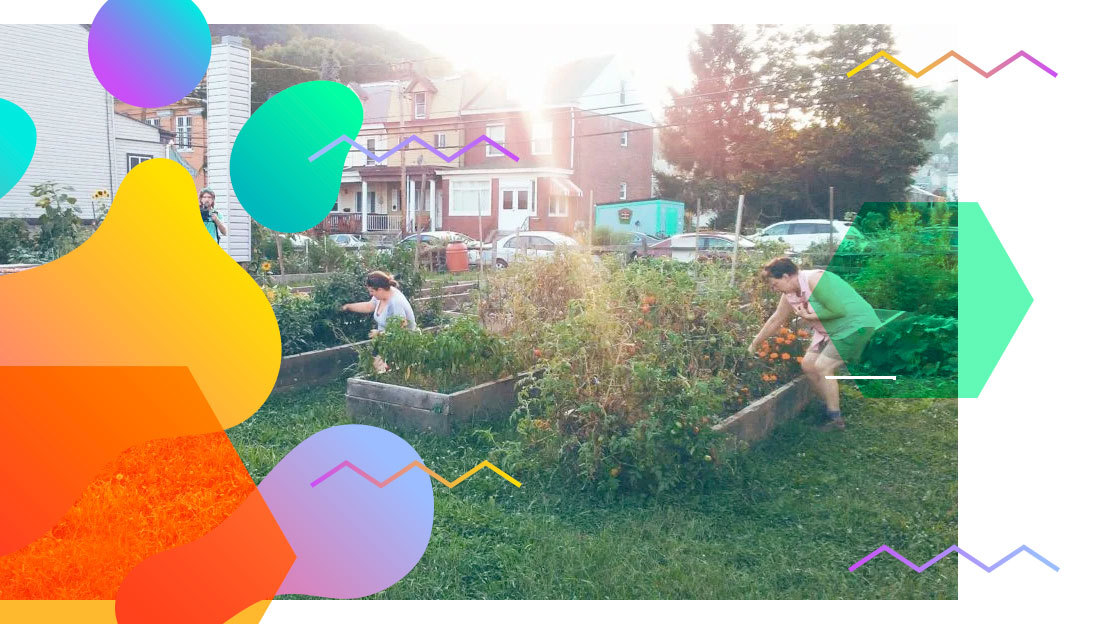How may blockchain sustain or disrupt the governance of collectives whose interactions are mediated by digital platforms?
Blockchain technologies have generated excitement, yet their potential to enable new forms of governance remains largely unexplored. In this text, we explore the potentialities of blockchain for commons governance.
The result of the attempt to explore this issue, has been an exploration of the potentialities of blockchain for commons governance, but not only that, also the limitations and risks that blockchain can represent for collectives whose coordination is mediated by digital platforms. By carrying out this analysis, which has been embodied in this working paper, we aim to expand the debate.
As part of this exploration we found that, unsurprisingly, the predominant discourses were strongly techno-determinist. They see technology, in this case blockchain, as the main engine for social change. The issue is not new, similar discourses have been historically made with regards to other technologies when still in an emerging state, such as it happened with the Internet. The main limitation of these approaches is that they tend to ignore the complexity of social organisation. For instance, techno-determinist discourses commonly assume that hierarchies between the participants in decision-making processes vanish thanks to the disintermediation enabled by blockchain technologies. We also found critical stands against these predominant discourses. Particularly, we found the work of Marcella Atzori inspiring and effective in identifying and discussing the limitations of such techno-determinist discourses as for example in “Blockchain Technology and Decentralized Governance: Is the State Still Necessary?”.

The affordances of blockchain
technologies to commons governance
Having been previously involved as a research group in the study of Commons-Based Peer Production (CBPP) we noticed, however, that the capacity for self-organisation of certain groups was not being incorporated into any of these discourses. For these reasons we extensively drew on Elinor Ostrom’s principles for managing commons with the aim to identify potentialities of blockchain for commons governance within this context. In sum, our aim was trying to bring together CBPP with blockchain-based governance. The result is the identification and conceptualisation of a set of affordances of blockchain technologies with regards to commons governance, which we summarise below:
- Tokenisation: refers to the process of transforming the rights to perform an action on an asset into a transferable data element (a token) on the blockchain.
- Self-enforcement and formalisation of rules: refer to the process of embedding organisational rules in the form of smart contracts that embed, partially, commons-based governance logics.
- Autonomous automatisation: refers to the process of defining complex sets of smart contracts which may be set up in such a way as to make it possible for multiple parties to interact with each other. This is analogous to software communicating with other software today but in a decentralised manner.
- Decentralisation of power over the infrastructure: refers to the process of communalising the ownership and control of the technological artefacts employed by the community through the decentralisation of the infrastructure they rely on, such as the collaboration platforms employed for coordination.
- Transparentisation: refers to the process of opening the organisational processes and the associated data by relying on the persistence and immutability properties of blockchain technologies.
- Codification of trust: refers to the process of codifying a certain degree of trust into systems which facilitate agreements between agents without requiring a third party.
“
The main limitation of the dominant approaches is that they tend to ignore the complexity of social organisation.
This list of affordances is not intended to be exhaustive. Instead, it is to be though as a set of analytical categories which can help us to co-design blockchain-based tools to facilitate cooperation and foster CBPP practices together with these collectives.
We are already employing them as part of the data analysis of our two first case studies. In the case of Amara – a project whose aim is to make online content accessible, offering an open and collaborative platform for the creation of subtitles such as those of TED talks – we have employed these categories to identify points of intervention in which blockchain-based tools can be useful for these collectives. For example, to explore new ways to allocate tasks and value according to Amara’s linguists needs, beyond the current “first-come, first-served” competitive logic. Similarly, we have employed these affordances as categories when analysing Smart: an umbrella cooperative organisation which offers administrative and fiscal services to artists and cultural workers. In this case, the outcomes of the analysis will result in the future development of a blockchain-based tool composed of smart contracts that automatise some of the cooperative practices of this organisation.
The relationships found between these affordances and Ostrom’s principles are allowing us to build a perspective focussed on blockchain-based commons governance and we will be exploring specific applications with our case studies in the near future.
SHARE
AUTHOR

[icon name=”twitter” class=”” unprefixed_class=””] David Rozas
Geek Sociologist.






[…] in their hybrid organizational contexts. Furthermore, in combination with our research on the affordances of blockchain for commons governance, future lines of investigation could employ the identified affordances as a set of analytical […]
Comments are closed.